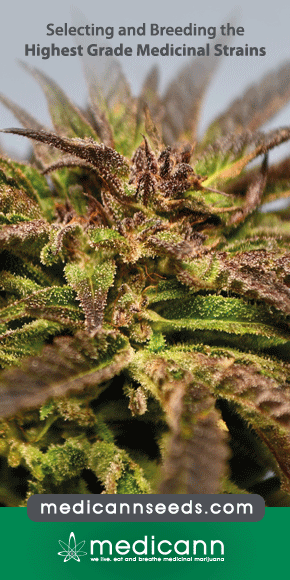Cannabinoids for nausea and vomiting in adults with cancer receiving chemotherapy
Cannabis has a long history of medicinal use. Cannabis-based medications (cannabinoids) are based on its active element, delta-9-tetrahydrocannabinol (THC), and have been approved for medical purposes. Cannabinoids may be a useful therapeutic option for people with chemotherapy-induced nausea and vomiting that respond poorly to commonly used anti-emetic agents (anti-sickness drugs). OBJECTIVES: To evaluate the effectiveness and tolerability of cannabis-based medications for chemotherapy-induced nausea and vomiting in adults with cancer.






